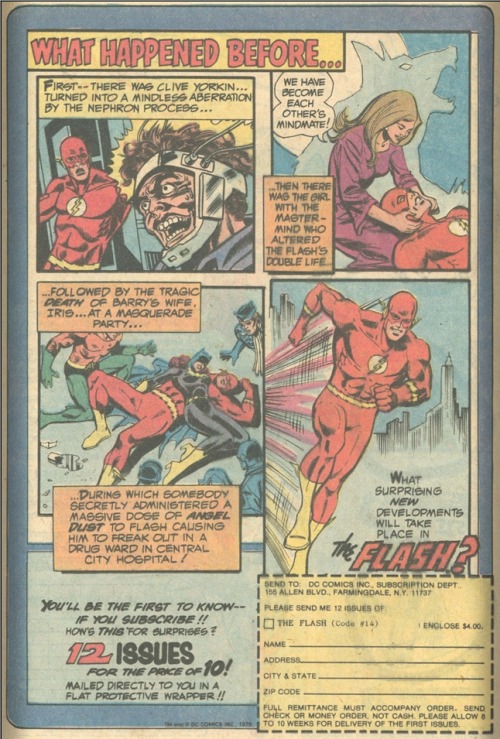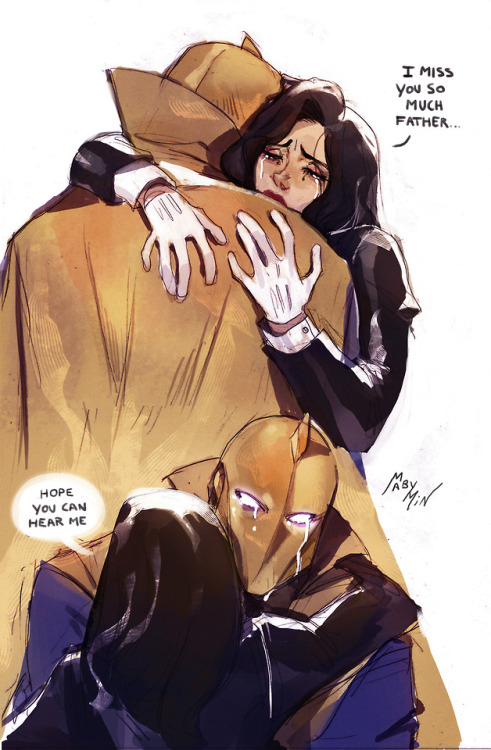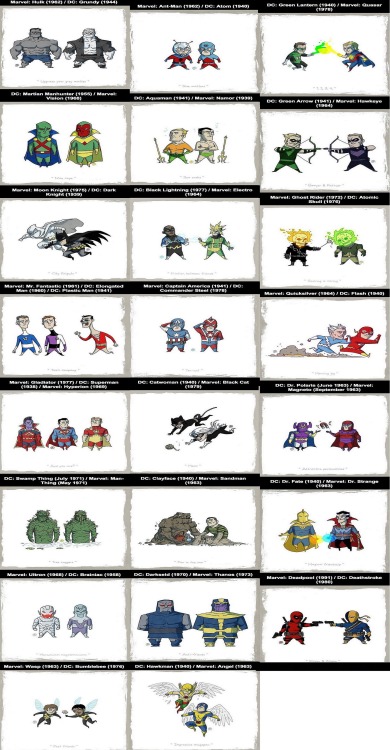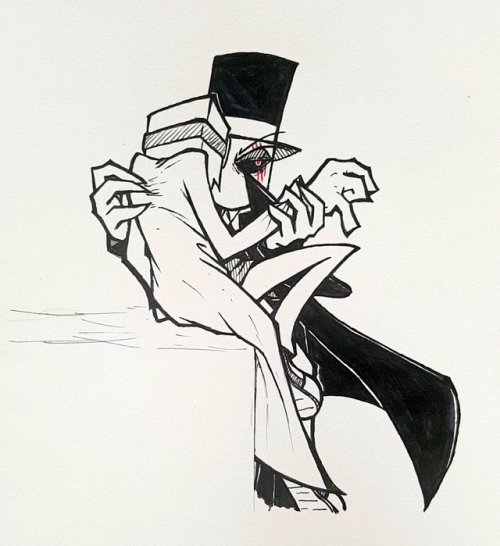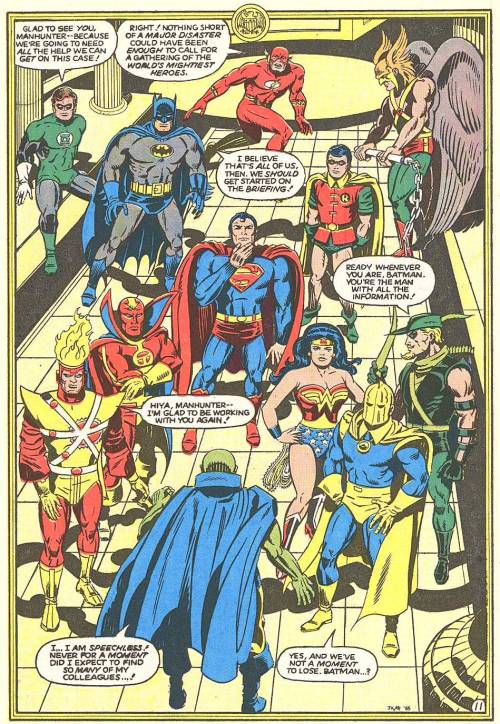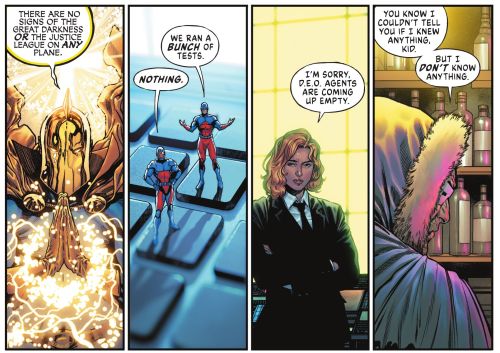#dr fate
The Flash v1 (Ross Andru run)
In 1979, something BIG happened to the Flash - longtime editor Julius Schwartz and artist Irv Novick both left the title to work on other projects within DC. To understand why this was such a BIG deal, you’d need to be aware that Julius Schwartz is more or less the Godfather of DC Comics’ Silver Age Revival* - he’d actually been editing The Flash for the last twenty years since the new version of the character was introduced in DC’s Showcase #4 (1956). That same year, Schwartz also relinquished editorial control of Justice League of America,Detective ComicsandBatman.Schwartz spent the following years overseeing/editing the ‘Superman’ titles (ex: Action Comics,DC Comics Presents,New Adventures of Superboy,Super Friends,Supergirl,Superman,Superman Family,World’s Finest Comics, etc). Irv Novick had been the regular Flash artist since 1970, so his leaving the title was also a big shake-up. When SchwartzleftThe Flash,Novick also left to go pencil Batman.
Filling in for Schwartz was veteran Flash artist Ross Andru.Andru had been the interior penciller for The Flash from 1967 to 1970 (prior to Novick) only this time he was editing the series instead of pencilling it. At this point it should be mentioned that The Flash’s sales were stagnant and that may have been what inspired the departure of SchwartzandNovick.Andru had some big plans for Barry Allen and had a new direction in mind for for the series. It should be noted that Andru was no stranger to editorial tasks, as he was also editing a few other DC titles around this time (Jonah Hex v1,Weird Western Tales v1,Adventure Comics v1,Wonder Woman v1and The Warlord v1).
Despite the big change-up in editorial vision and interior art, the one thing that did NOT change was Cary Bates as writer of the series. During the late 70s/early 80s, the editor guided the overall direction of the series while the writer wrote and plotted the individual issues. Bates had been the full-time Flash writer since 1971, so it didn’t really make any sense for him to leave. Bates would remain as the regular writer on this series until it’s cancellation in 1985.
Starting with The Flash #270,Andru’s first issue as editor in 1979, the series took a much darker tone. New 'grim and gritty’ villains were introduced (the Clown and Clive Yorkin), Barry’s job was in trouble due to his possible implication in a heroin smuggling operation, and Barry and Iris were suddenly going through marital difficulties. This is a large contrast to the light-hearted Schwartz stories of the last two decades filled with gimmicky, plot-driven “villain du jour” stories where nothing drastic ever really happened in the life of the main character. Schwartz’ run was pretty much an extension of the 1970s Silver Age Flash stories that didn’t deal with any real “adult” themes (ex: relationship woes, psychology, crime, violence and drugs) - Barry Allen was one of the few heroes that were happily married.Andru’s new direction saw Barry Allen’s life proceed on a downward spiral and culminated with the death of a MAJOR supporting character. This is a HUGE distinction from the Schwartz run, as Schwartz would have never allowed a main or supporting character to get married, killed, or turned into a villain. AndruandBates both collaborated on this 'new direction’ for Flash, with the understanding that the series would become a darker and more “adult” book. As mentioned, Flash’s sales weren’t doing so hot prior to Andru coming on board as editor, so the DC Powers That Be were open to this 'new direction’ as proposed by Andru.
WriterCary Bates was affectionately known by Flash readers as “Mr. Surprise” - his signature moves were lots of mysteries and cliff-hangers that ended with Flash using his powers in preposterous way. Bates would pile on a lot of surprise plot twits and weird side-effects that defy laws of gravity (ex: turning Barry Allen into a literal comet). Keeping this in mind, it wouldn’t surprise me if it was Bates’ suggestion to have a classic Flash Rogue responsible for the murder and accompanying drug-running scheme that turned the Flash’s life to hell (rather than one of the newly introduced grim and gritty 'realistic’ villains). The Rogue’s hadn’t appeared in the series for a while (since Flash v1 #254) and Andru’s run sought to re-integarte them into the series.
Another thing that was different about Andru’s run was the introduction of a really long story arc. Andru’s run lasted from Flash v1 #270toFlash v1 #283 and could be read as one single story. During the Schwartz-era, all of the issues were basically stand-alone stories and the mystery was introduced and resolved within the same issue. Andru brought continuity, characterization and a soap-opera element to the series.
From this author’s very own personal opinion, I find pre-Crisis Flash (Barry Allen) to be one of the most boring characters to read. By the late 1970s, the Flash was nearly omnipotent and could basically phase/vibrate through any challenge being thrown at him. All of his enemies needed to be equipped with heat-seeking missiles (or some other speed-defying invention) in order to pose even the slightest threat. We’re basically dealing with 'Spectre syndrome’ here - a character who cannot be harmed is very boring to read about because there is no challenge for the character to overcome. I’d say the most interesting about the Flash is his Rogues gallery. Yes, the Flash’s villains are more interesting than the Flash himself. A lot of readers felt this way too, and demanded to see the Rogues re-appear duringAndru’s run - which Andru delivered on.
WhenAndru’s run finished in 1980, Len Wein took over as editor (and Cary Bates remained as writer). If nothing else,Andru cleared the slate leaving a Wein a nice clean, surface to start from (from a story-telling perspective). Wein had no intention of undoing everything Andru had done (i.e. reviving any deceased characters) as Andru’s story arc had given the Flash the sales boost it needed to avoid cancellation. Fans had mixed reactions to Andru’s work, but sales would indicate that the majority enjoyed it and the series even brought in new readers. Wein’s direction brought the series back to a more traditional DC superhero formula (ex: Flash battles Rogues, struggles with a new love interest, a new life with new supporting characters, single issue and two-part stories, etc) and coasted until Ernie Colon took over as editor in 1982. Wein’s run also included Firestorm (Flash v1 #289 - #304) and Dr. Fate (Flash v1 #306-#313) back-up stories that coincided with DC’s new price increase of 50 cents on most titles - which removed most ads and added 8 extra pages of story.
There was a bit of a struggle during this time period to find a regular Flash artist after Novick left. Readers were finicky and either vehemently hated a particular artist or absolutely loved him. A few names that might sound familiar all took a stab at becoming the regular artist (Rich Buckler, Jack Abel, Alex Saviuk, Frank Chiaramonta, Don Heck, John Calnan) but none of them managed to stick it out for one reason or another.
From the sounds of things, it seems as though The Flash was playing 'catch up’ with all the other super-hero titles (Green Lantern, Superman, Batman, Wonder Woman, etc) that had received massive “real-world” renovations in the early 1970s. In the Silver Age of comics it was the fun and easy-going comics that captured the interest of readers, it would seem that 'realistic’ stories with adult themes sold better in the late 70s/early 80s. That theory would hold true as the readership of the series improved after Andru’s run.
*As mentioned,Schwartz ushered in the Silver Age of super-heroes by overseeing the creation of updated versions of Green Lantern (Hal Jordan), the Atom (Ray Palmer), the Flash (Barry Allen) and Hawkman (Katar Hol/Carter Hall) among others in the late 1950s/early 1960s. It’s kind of fitting that Schwartz also edited the Golden Age Flash’s adventures from Flash Comics v1 #54 - #104 (1944 to 1949).
Post link
Doctor Fate v1
Dr Fate was created by Gardner FoxandHoward Sherman and first appeared in National’sMore Fun Comics #55 (1940). He debuted as a flying, magical-based superhero who was somewhat invulnerable and could shoot lightning from his fingertips. It has been speculated that the creation of Dr Fate was inspired by H.P. Lovecraft (and the need for another Superman-like character). Dr Fate was a member of the Justice Society of America and appeared in All-American’sAll Star Comics #3 (1940) as a founding member of the team. In 1942, More Fun Comics (the series Dr Fate regularly appeared in) became more oriented towards super-hero action, and the creative team decided to downplay his magical powers and play him up as physician who occasionally became a masked crime fighter to beat-up criminals (they also reduced his full helmet to half of a helmet). In 1944, World War II was concluding and super-heroes were no longer the popular genre, so Dr Fate was placed into comic book limbo.
Dr Fate resurfaced in the 1960s and, being categorized as a ‘Golden Age hero’ along with the rest of the Justice Society of America, mainly appeared in stories set on Earth-Two. The more famous of these stories being the ones in which the JSA crossed over to Earth-One and met the modern aged Justice League of America. In 1975, Dr Fate got a chance at an ongoing series in DC’s First Issue Special #9, but fan reaction wasn’t strong enough so it didn’t take. In the mid-70s, Dr Fate appeared regularly in DC’s All-Star Comics until it was cancelled. Although he was an Earth-Two character, he still appeared in many other mainstream DC books (sometimes as a cameo, sometimes as a guest appearance or sometimes even in a back-up feature) so he was never far from view. It would seem like he was one of those characters who had a lot of potential, but DC wasn’t sure what to do with him. Finally, in 1985’s Crisis On Infinite Earths, Dr Fate got his big break: he had somehow been spared of the fate the Justice Society of America had received (they were all wiped out and placed into comic book limbo) and had been transplanted to Earth One. He appeared in the company-wide Legends cross-over and ultimately became a member of Keith Giffen’sJustice League in 1987.
I don’t think Dr Fate migrating from Earth-Two to Earth-One was an lucky coincidence, and a big clue supporting this theory the Super Powers Collection action figure toy line released in 1985 by Kenner. Dr Fate is the only Earth-Two figure in the toyline and was not appearing in any cartoons at the time - so I’m going to go on a limb and guess that DC was planning for Dr Fate to have a larger role in the DCU and was just trying to get the fans warmed up to him. Well, that and the fact that he’s just a cool-looking character. Around this same time, DC published a 3 issue series called Immortal Dr Fate which consisted only of reprints of his more popular Silver Age solo stories - I believe this was reprinted in an effort to re-spark interest in the character.
Doctor Fate v1 was written by J.M. DeMatteis and illustrated by Keith Giffen, and was essentially the introduction of a new version of the character. DeMatteis took care to incorporate the previous Dr Fate’s history when explaining the origin of this new character rather than tossing all of the previous history away and starting anew (aka: John Byrne’s reboot of Superman). I’m kind of getting the impression that writers couldn’t decide what to do with Dr Fate during his previous 40 year publication history - everybody from Paul LevitztoRoy ThomastoMartin Pasko has put their own little spin on the character (whether it be slightly altering his origin or changing the extent of his powers) and I suspect this is a common problem when you are dealing with a character whose powers and origins are somewhat vague. DeMatteisopted to start fresh and, roughly following the old origin formula of the previous Dr Fate, created a mystical character that was now a composite of both a man AND a woman. This was a major revitalization of the character and surprised many long-time fans.
This mini-series contains some of my favorite Keith Giffen artwork. If I was a Keith Giffen-ologist, I’d tell you at this point in his career he was one of DC’s most popular comic book artists, but his art was under heavy scrutiny for mimicking the work of Argentinian cartoonist Jose Muñoz. This wasn’t the first time Giffen had pencilled Dr Fate - but his style was way different from the previous back-up stories he illustrated back in 1959’s The Flash v1 #306-310. Thankfully, Giffen was able to bounce back from these accusations and kept delivering on some top notch work for DC comics.
All things considered, this mini-series was a pretty good read. I’m really tempted to call this the post-Crisis reboot of Dr Fate for the main reason that, in the story, the former Dr Fate (Kent Nelson) blames the Crisis on Infinite Earths as the reason for his demise (as well as Inza’s). Chronologically speaking, Doctor Fate v1 occurred after Dr Fate’s appearance in LegendsandGiffen’sJustice League, so it’s kind of a mess to determine just what is considered post-Crisis and what isn’t. Apparently, the only reason Dr Fate was included in Giffen’sJustice League is because DeMatteis (who was also writing Justice League) was already writing this mini-series, so they had free reign of the character. Speaking of which, a few members of Giffen’sJustice League DO make an appearance in this mini-series (albeit a pretty minor role) which I was pretty grateful for. Dr Fate works well as a member of the Justice League, but omnipotent mystical characters do not tend to make for interesting main characters in a book and tend to not sell very well. I was a little surprised that this mini-series spun-off into an ongoing in 1988 that lasted 41 issues and an annual.
Post link
From the archive: Multiversal Justice League, introducing a buff self-harming Klarion!
The full-scale Doctor Fate helmet replica from Constantine is now up for preorder!
Reserve yours here: http://comicsinfinity.com/product/doctor-fate-helmet-constantine-prop-replica/
Post link
I love this splash page of Dr. Fate “surfing” out of his windowless tower! From “The Mummy That Time Forgot” from First Issue Special #9, December 1975. Written by Martin Pasko, art by Walt Simonson
Post link
Splash page from Super Powers (volume 2) #1, September 1985, by Jack Kirby! This was my first comic I bought as a kid- from the little grocery I’d ride to on my bike.
Post link
Spoilers for Dark Crisis #1!
The Justice League is dead – or missing – and some villains are using it as an excuse to rampage, while others like Len seem to want to stay out of it. DC’s not doing a great job with continuity at the moment, as both Len and Girder are currently in Iron Heights (Wolfe told Blacksmith to fetch Len at the end of the last Flash issue, and of course she turned Girder into a giant ball) but free in other books…I guess that’s one of those things we’re not supposed to think too hard about, but it could easily be solved by using different Rogues. That’d spread the spotlight around and avoid continuity awkwardness.
It does seem like Len’s back to normal after his Santa stint in Year of the Villain, so that’s good to see.
Post link
My random comic book headcannons:
- Barry visits Jay Garrick in a retirement home to play speedster chest.
- Hawkeye takes off his hearing aids when in meetings cause there boring
- Dr. Fate has melt downs alone cause he’s tired people changing there fate for dumb reasons



